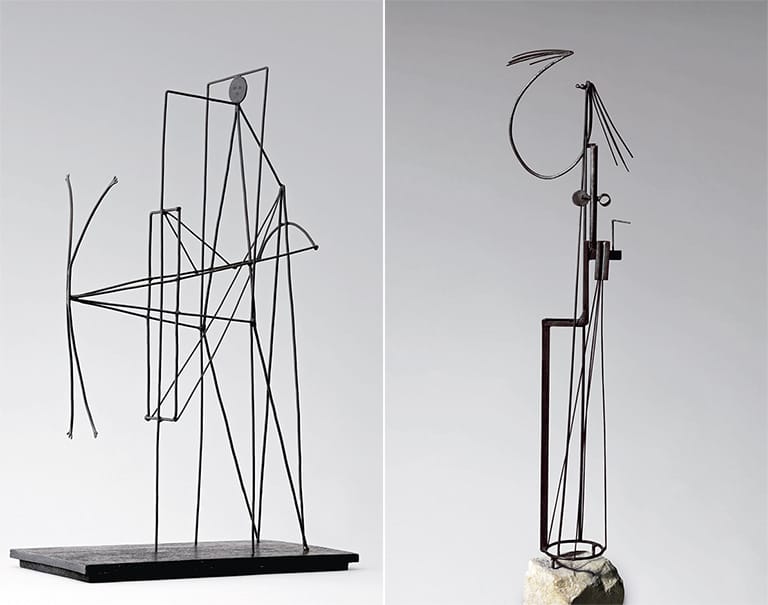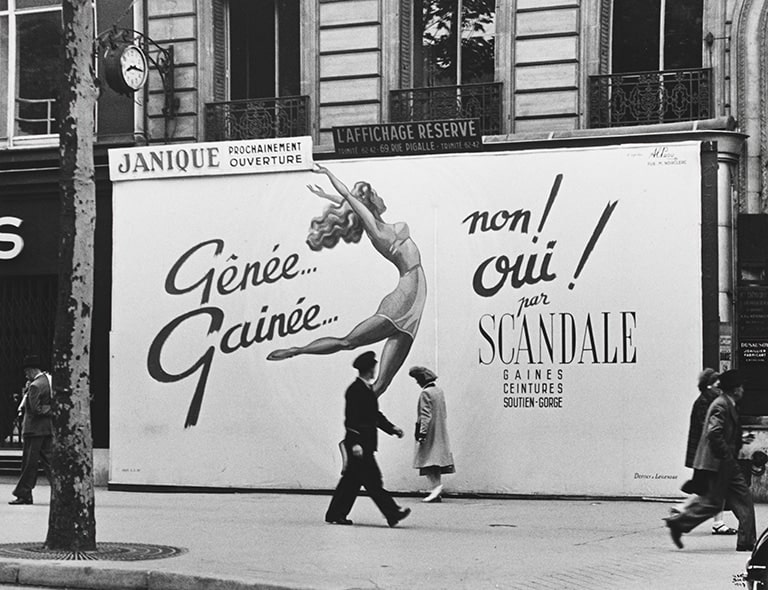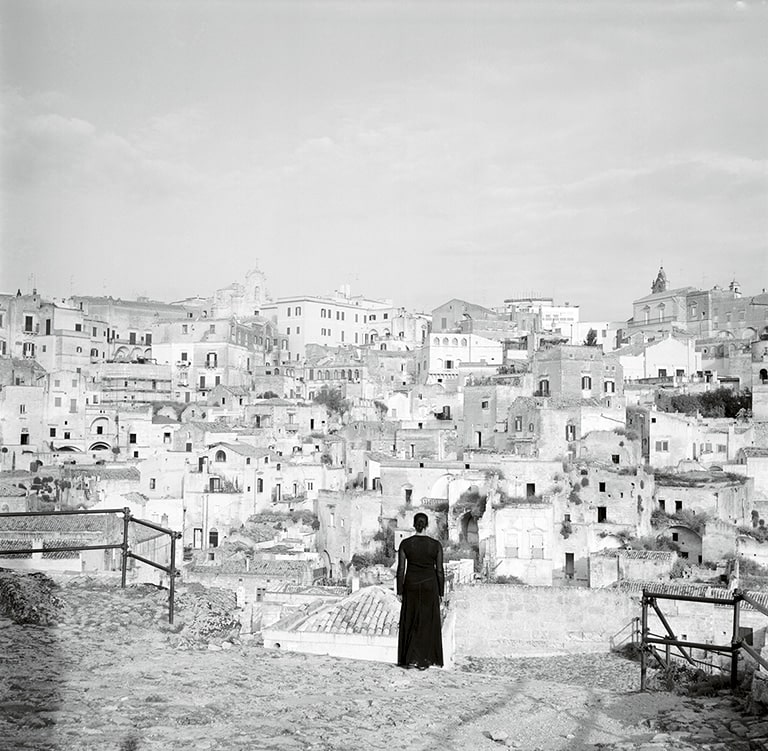Madrid 2011

Fernando Maquieira
Madrid 2011, 2011
Feel lost most of the time
© Fernando Maquieira, 2021
© Fundación MAPFRE COLLECTIONS
Technique
Ink-jet print with mineral pigment inks on Hahnemühle Photo Rag® Bright White paper, 310 g/m2. 100% cotton
Dimensions
Printed area size: 40 × 58,3 cm (15 3/4 × 22 15/16 in.)
Paper size: 43 × 61,2 cm (16 15/16 × 24 1/8 in.)
Inventory
FM002219
Object/Document
1/9 + 2PA signed and numbered
Description
At the close of the 1937 World’s Fair in Paris, at which the Spanish Pavilion had opened the world’s eyes to the terrible civil war that was ravaging the country with such transcendental works as Picasso’s Guernica and the sculpture The Spanish People Have a Path that Leads to a Star by Alberto Sánchez, the latter returned to Valencia where shortly afterwards he was assigned by the Government of the Republic to travel to Moscow to take charge of the teaching of drawing to Spanish children evacuated to the Soviet Union. While he was working there the Civil War came to an end, and he chose to remain in Moscow as a political exile.
Thus began a new period in Alberto’s work, profoundly marked by his forced exile in the Soviet Union and by the artistic situation in the country at that time. Though dedicated primarily to teaching, Alberto resumed his activities in the theatrical world, in which he had already gained experience in Spain through collaborations with Federico García Lorca for La Barraca; he now started working with Russian theatrical companies. Between 1940 and 1956, Alberto collaborated frequently with the Kamerny Theater, the Theater of Miniatures, the Romen Theater and the Stanislavski Drama Theater in Moscow, creating sets and costumes for works by Tolstoy, Mikhalkov, Goldoni, Cervantes, Lope de Vega and, above all, various pieces by Federico García Lorca. During this time the artist also resumed his oil painting, producing numerous still lifes, landscapes and portraits. This was an intensive yet rather dark stage in his life, during which the artistic guidelines established by Soviet policy prevented Alberto from fully developing his creative power.
With the increased political openness brought about by the Khrushchev government in the Soviet Union, Alberto resumed his work as a sculptor and continued to work tirelessly until his death. This final period saw him go back to the turning point that he had abandoned in 1937, leading to the discovery of new sculptural solutions to the ‘active hollow’ and the start of his pieces in sheet iron. It is worth highlighting some of his key works from this phase such as The Root Hunter, Bird Drinking Water, Caucasus Partridge, The Rooster and the Hen, Bull and Landscape, and The Russian Bird’s House. But above all, Alberto revisited the motif of the Castilian woman, producing an extensive series of sculptures the range from realism through to the most lyrical abstraction. At the same time, he created a series of sculptural drawings that might be regarded as sketches for possible sculptures or independent pieces. This particular drawing is a magnificent example of Alberto’s creative outpouring in his final years.
After so many years of isolation, the artist fully unleashed his potential by leaving an epilogue to his work that once again confirms him as the greatest Spanish sculptor of his time.
[Juan Pérez de Ayala]




